Daniel Jones has made a video summary of the articles included in this article available on Youtube
- brief article that shows how to create a D3D11 device without a window
- presents that the FXC compiler can export compiled shader to a C compatible header

- the article presents techniques to improve Subsurface Scattering (SSS) implementation based on the model used in PBRT
- presents a basic overview, how to importance sample the model
- shows several improvements that aim to reduce Fireflies, optimize the implementation
- additionally covers the material system that allows blending between materials that have SSS influence and not
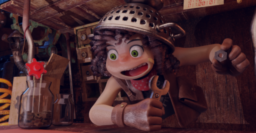
- the Unity explains how to implement a heat map view to visualize the temperatures in Buildings
- this effect is based on Frostpunk, the shader implemented as compute shader
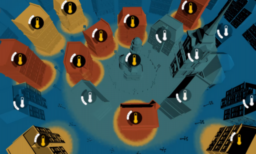
- the article provides a brief overview of different kinds of array indexing types in shaders
- presents Vulkan caps required for a bindless access pattern
- shows when extra annotations are needed for correct results and how these interact on different hardware
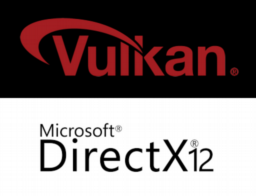
- the blog post explains what shader occupancy is and how it connects to vector registers usage
- provides a brief overview of GCN hardware details showing how shader compilers deal with data loading

- the article explains how to implement a CRT rendering effect using GLSL
- implements screen curvature, scanlines, and edge darkening
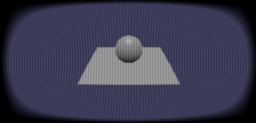
- the article explains how the 2D VFX effect has been integrated int the 3D world of Blightbound
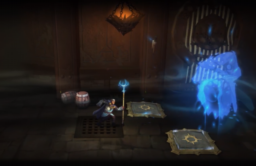
- article introduces OWL, an abstraction build on OptiX 7
- presents the difference abstraction difference between OptiX 6 and 7
- shows several projects using it and samples on how to use it
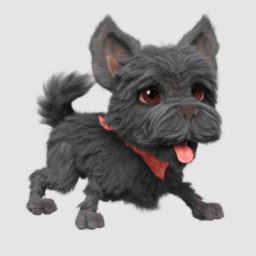
- the article presents the difference between baked, screen-space rasterization and Ray-traced GI of unity
- shows how many visual influences can be expected from the different techniques
- brief look at the performance of the other techniques
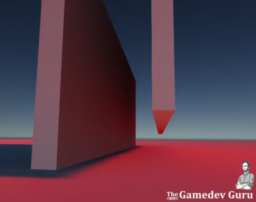
Thanks to Mike Turitzin for support of this series.
Would you like to see your name here too? Become a Patreon of this series.